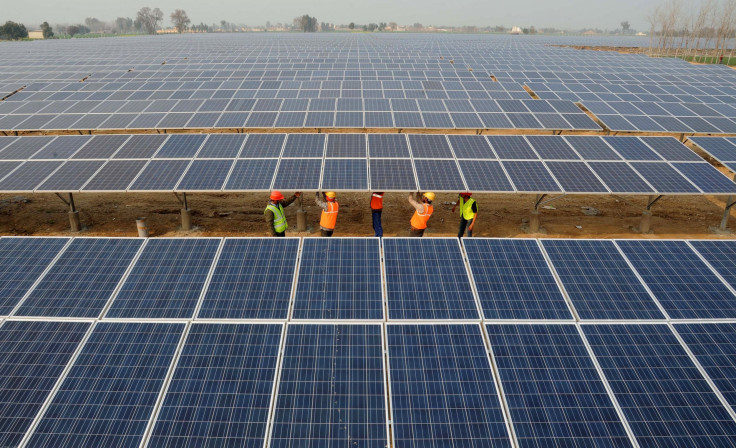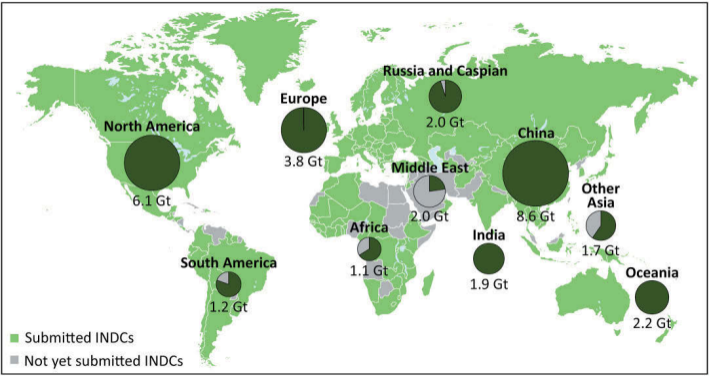Countries Could Slow Energy Emissions To A 'Crawl' By 2030 Under Climate Change Pledges: Energy Agency

Global pledges to tackle climate change will drastically limit carbon emissions from the fuel and electricity sectors. The targets, put forth this year by more than 150 countries, could slow growth in energy related emissions to a relative crawl by 2030, the International Energy Agency said Wednesday.
Countries announced their climate plans as part of ongoing climate change negotiations. Each country’s Intended Nationally Determined Contributions (INDC) will form the backbone of a broader agreement that nations are expected to sign at the United Nations climate conference in Paris this December. The INDCs so far address nearly 90 percent of global greenhouse gas emissions, although several energy-producing nations, including Saudi Arabia and Nigeria, have yet to submit their own climate strategies for the conference.
“The fact that over 150 countries … have submitted pledges to reduce emissions is, in itself, remarkable,” Fatih Birol, executive director of the International Energy Agency, said in a Wednesday statement. The pledges, he added, “are helping to build the necessary political momentum around the globe to seal a successful agreement in Paris.”
If targets are met, then countries accounting for over half of global economic activity -- including the United States, China and European Union nations -- could see their energy-related emissions either plateau or begin to decline by 2030, the agency said in a Wednesday briefing. The electricity sector in particular could see emissions plateau at close to today’s levels, even as global electricity demand soars due to population increases and the world’s growing middle class.

Achieving these cuts will require energy companies and governments to invest roughly $13.5 trillion in energy efficiency and low-carbon technologies over the next 15 years, the energy organization estimated. In the power sector, 70 percent of new electricity generation by 2030 must come from low-carbon sources, including wind, solar, nuclear and hydropower.
Still, curbing energy-related emissions -- which account for about two-thirds of all emissions -- won’t be enough to prevent the world from experiencing potentially catastrophic levels of global warming, the International Energy Agency said in its report. U.N. negotiators are aiming to limit global average temperature rise to 2 degrees Celsius (3.6 degrees Fahrenheit) above pre-industrial levels, the point at which the most destructive effects of climate change -- including vanishing ice caps, major sea level rise and more extreme storms -- will be nearly inevitable, scientists say.
Yet some climate experts say reaching the 2-degree target shouldn’t be the only measure of success for the U.N. climate talks. Instead, the global agreement’s overarching purpose is to steer companies and governments toward a lower-carbon economy, Jennifer Morgan, global director of the World Resources Institute’s Climate Program, said during a panel discussion in early October. “Don’t load up the U.N. with solving a problem that can’t be solved by the U.N.,” she said.
Birol of the International Energy Agency similarly emphasized the role of negotiations in driving investments in low-carbon and efficient energy supplies.
“The energy industry needs a strong and clear signal from the Paris climate summit,” he said. “Failing to send this signal will push energy investments in the wrong direction, locking in unsustainable energy infrastructure for decades.”
© Copyright IBTimes 2025. All rights reserved.





















